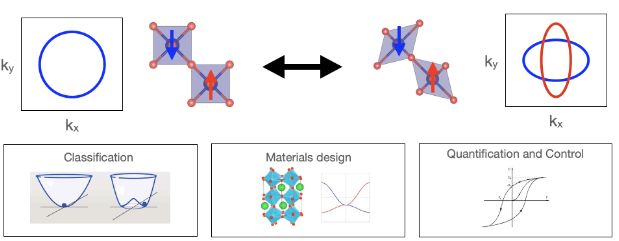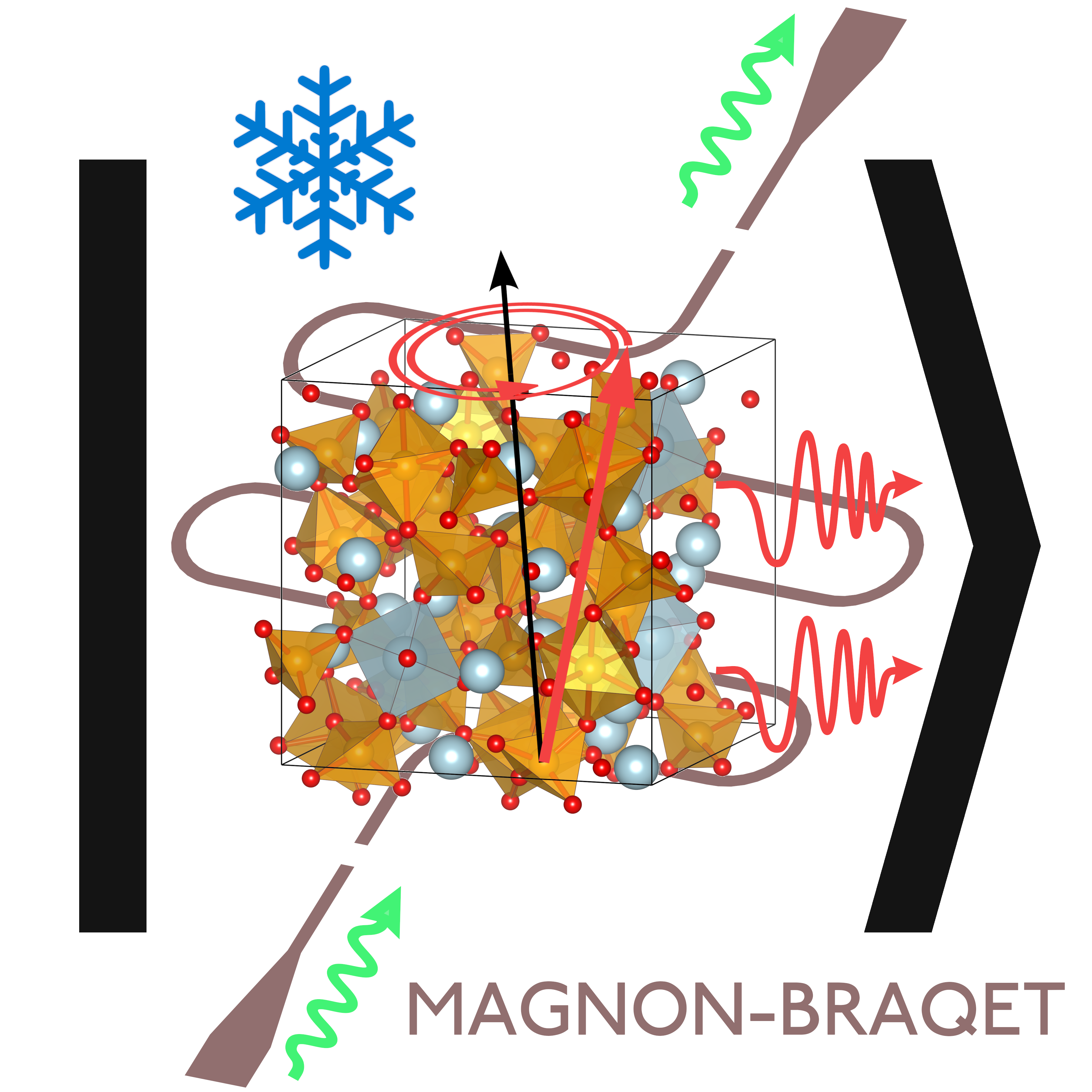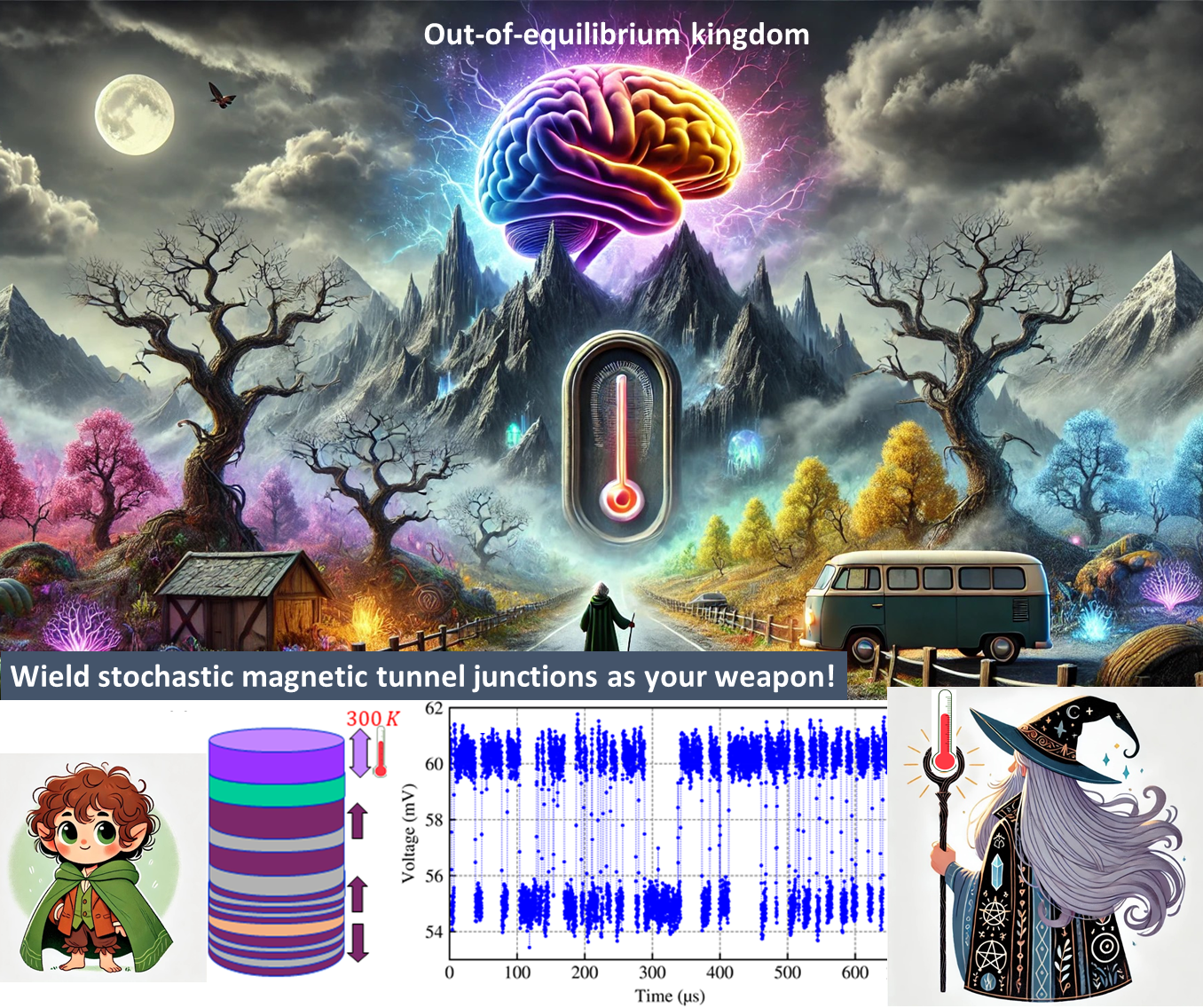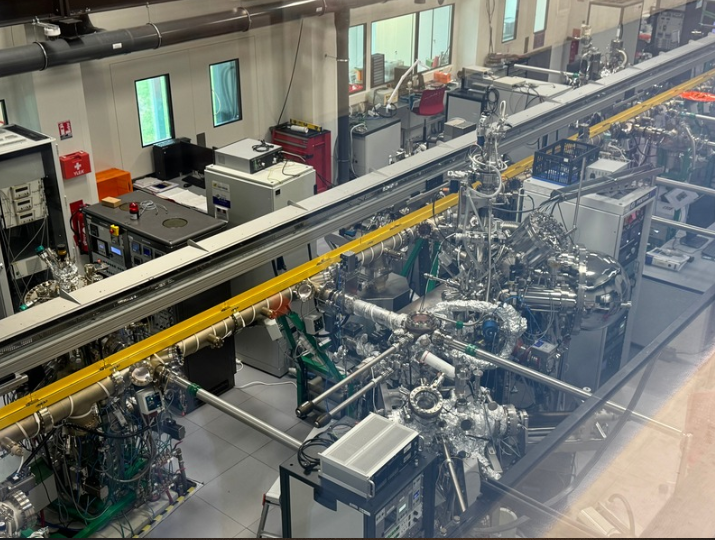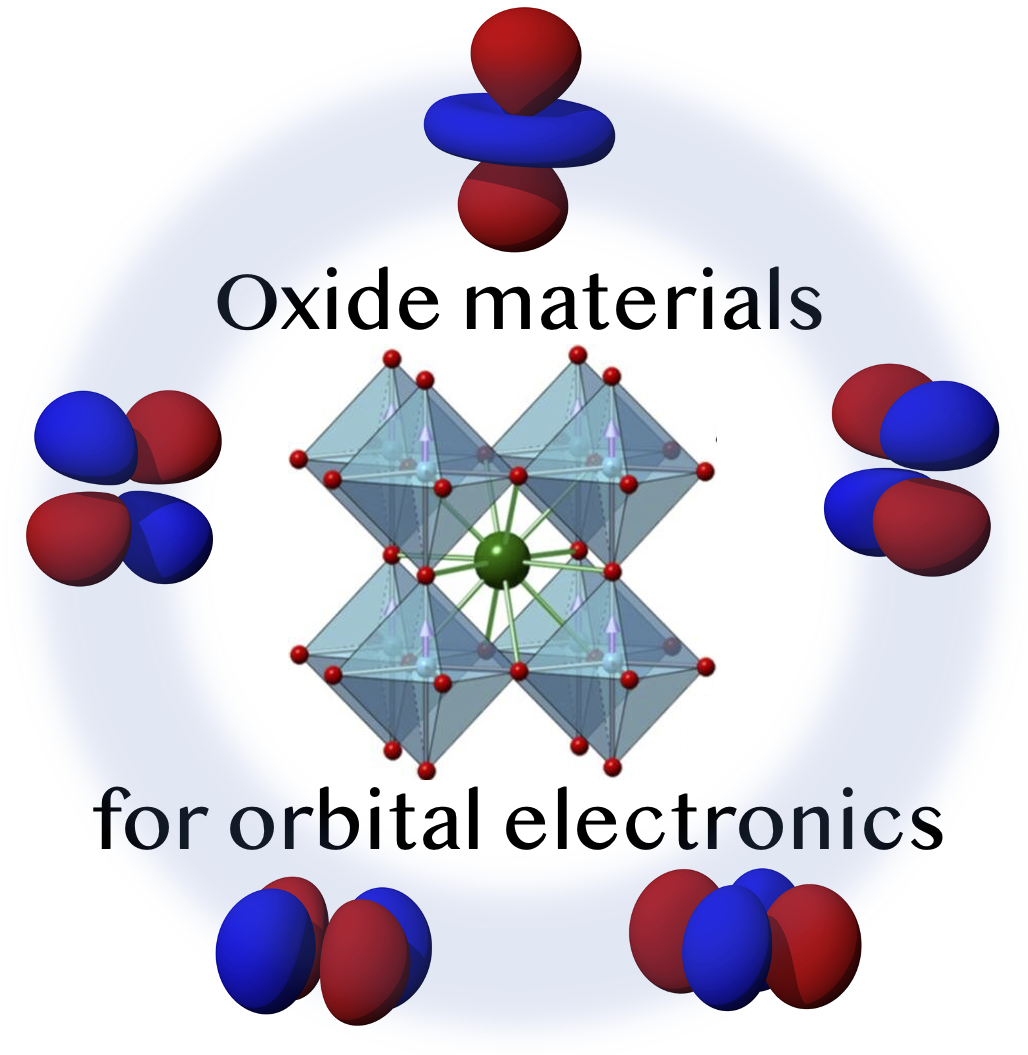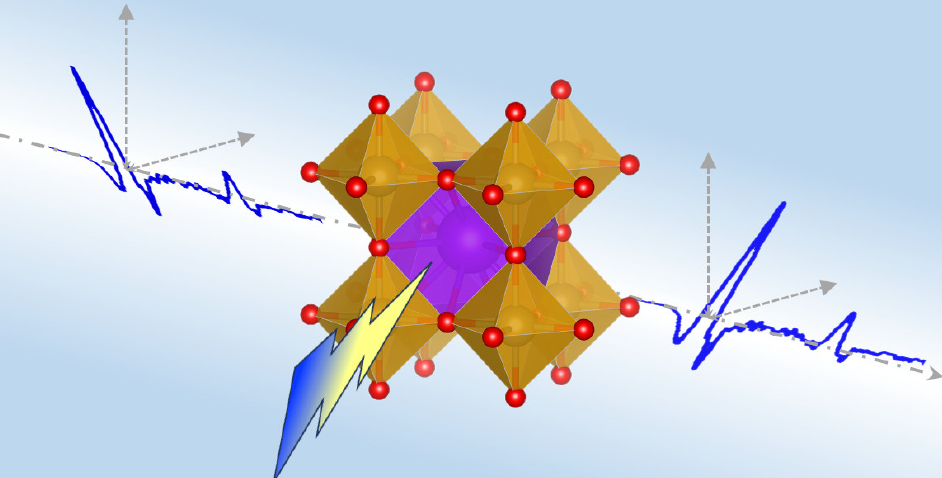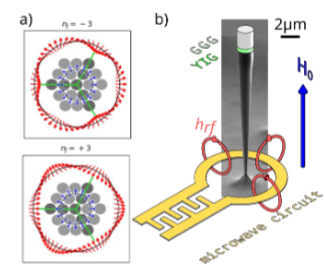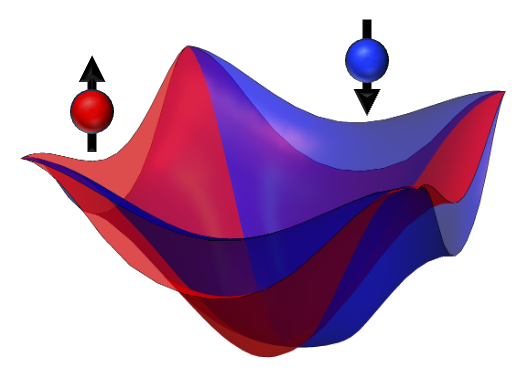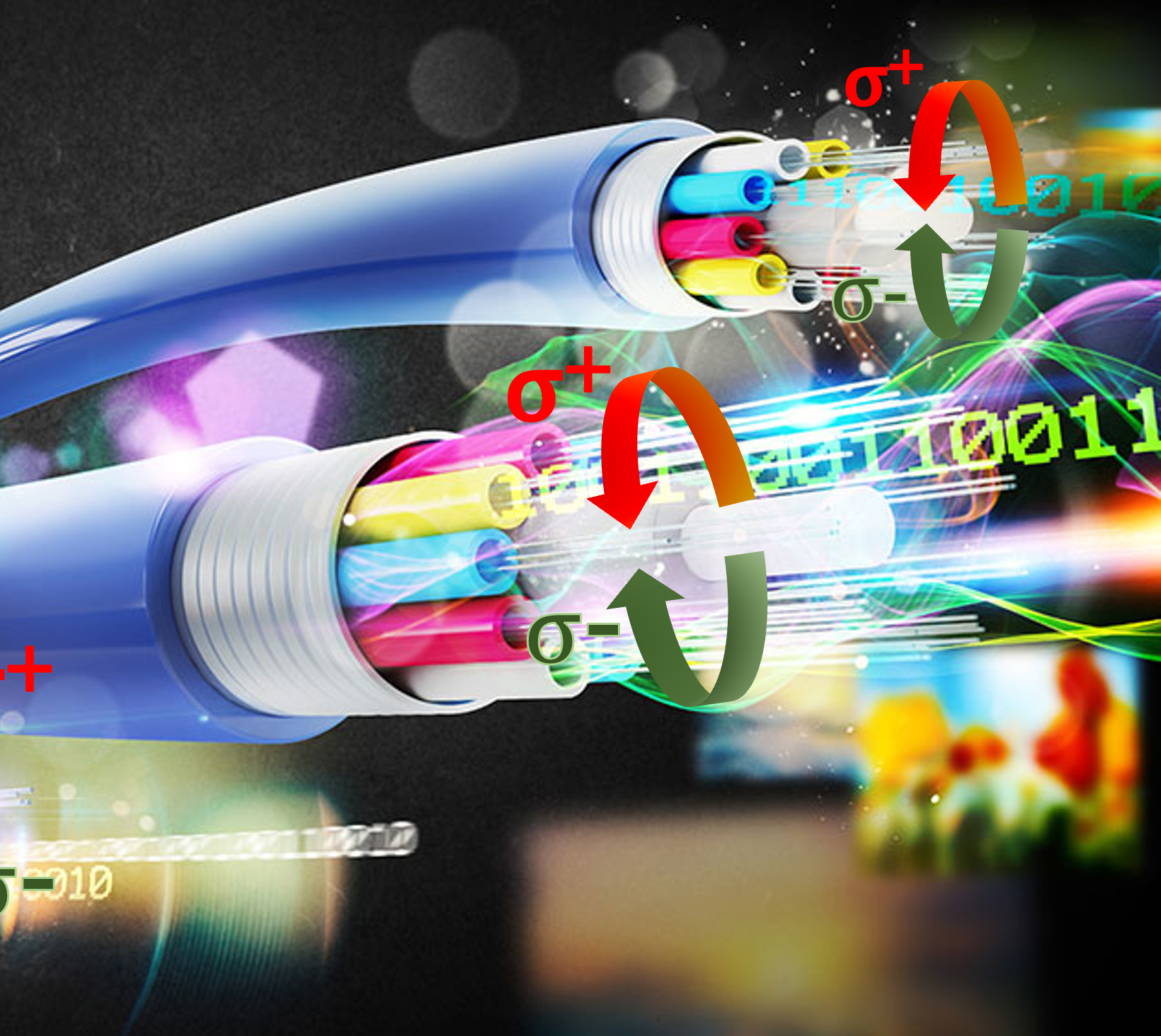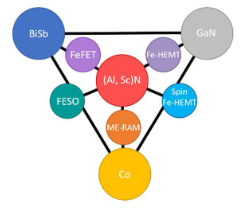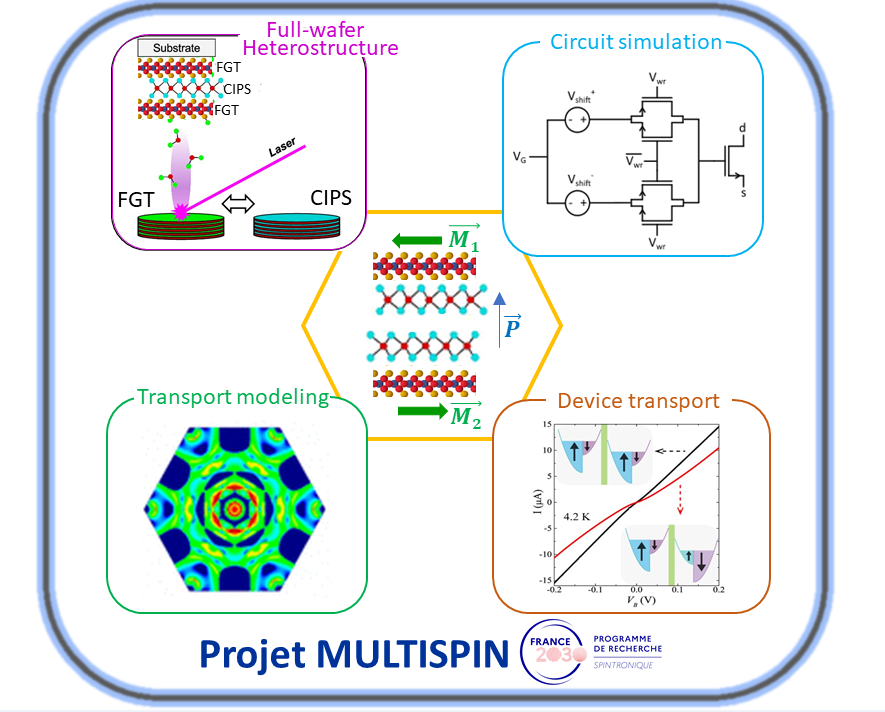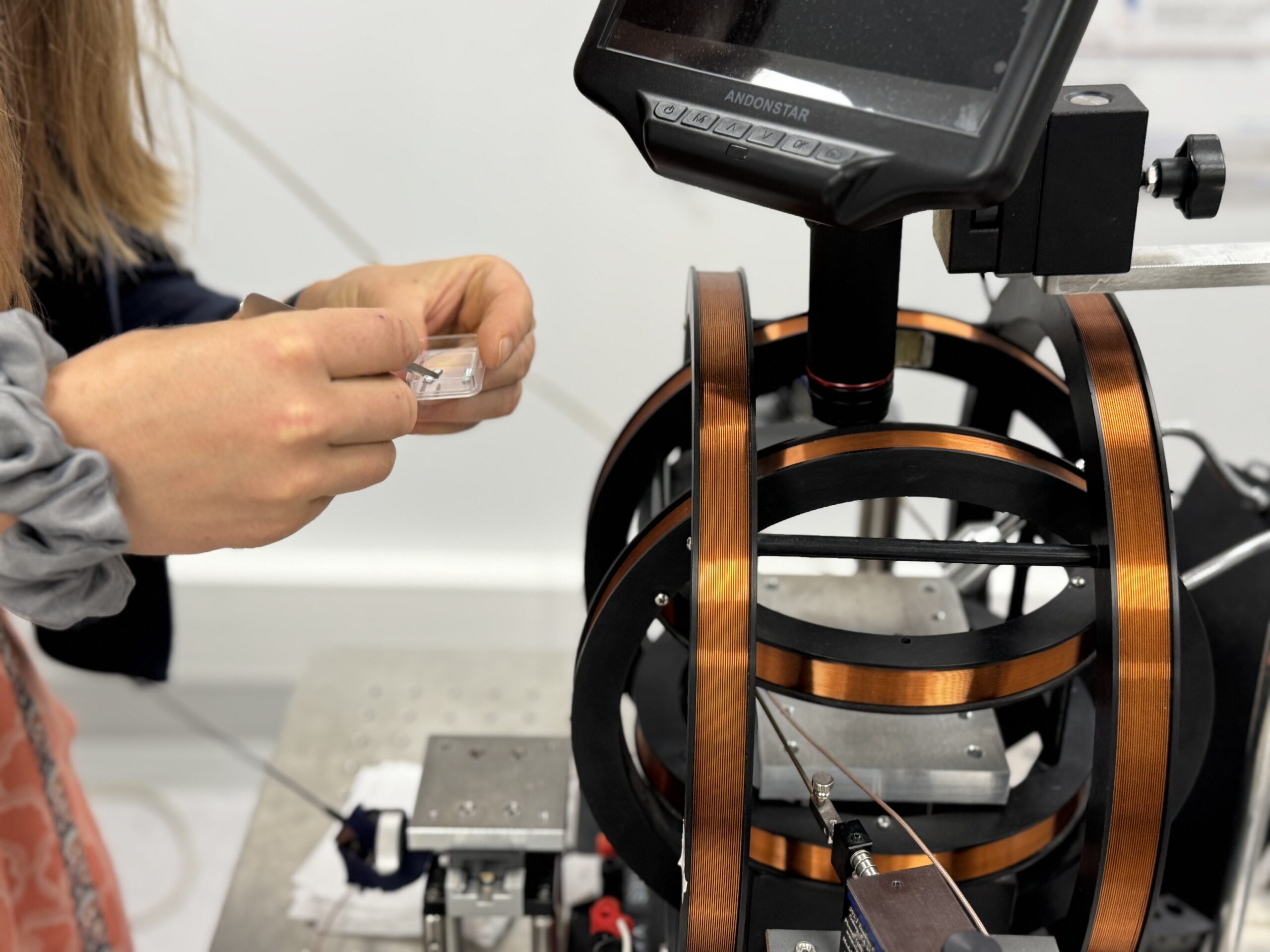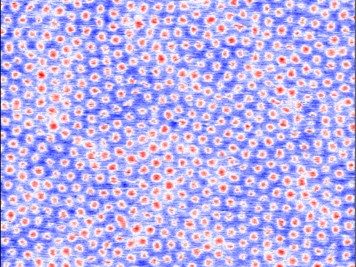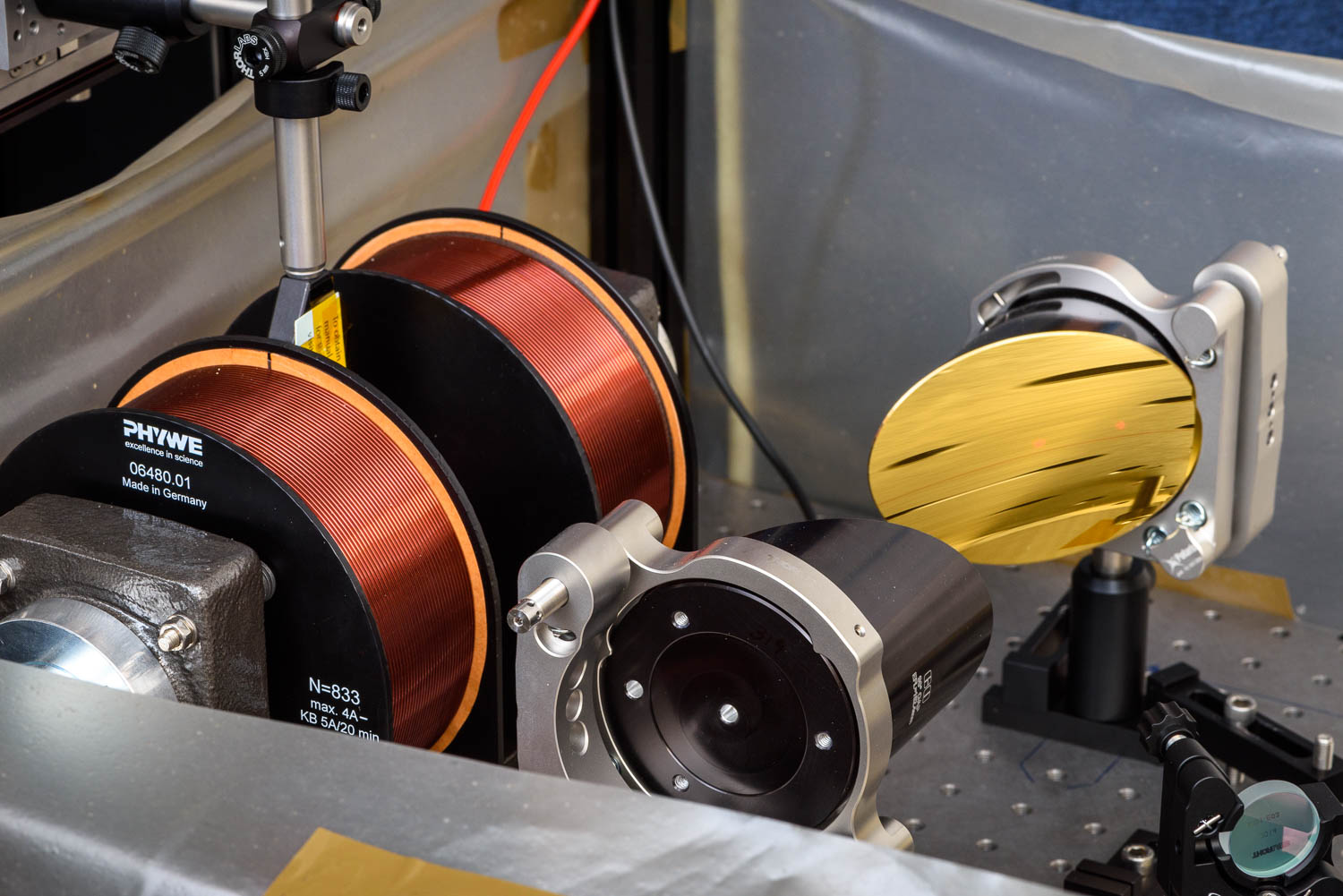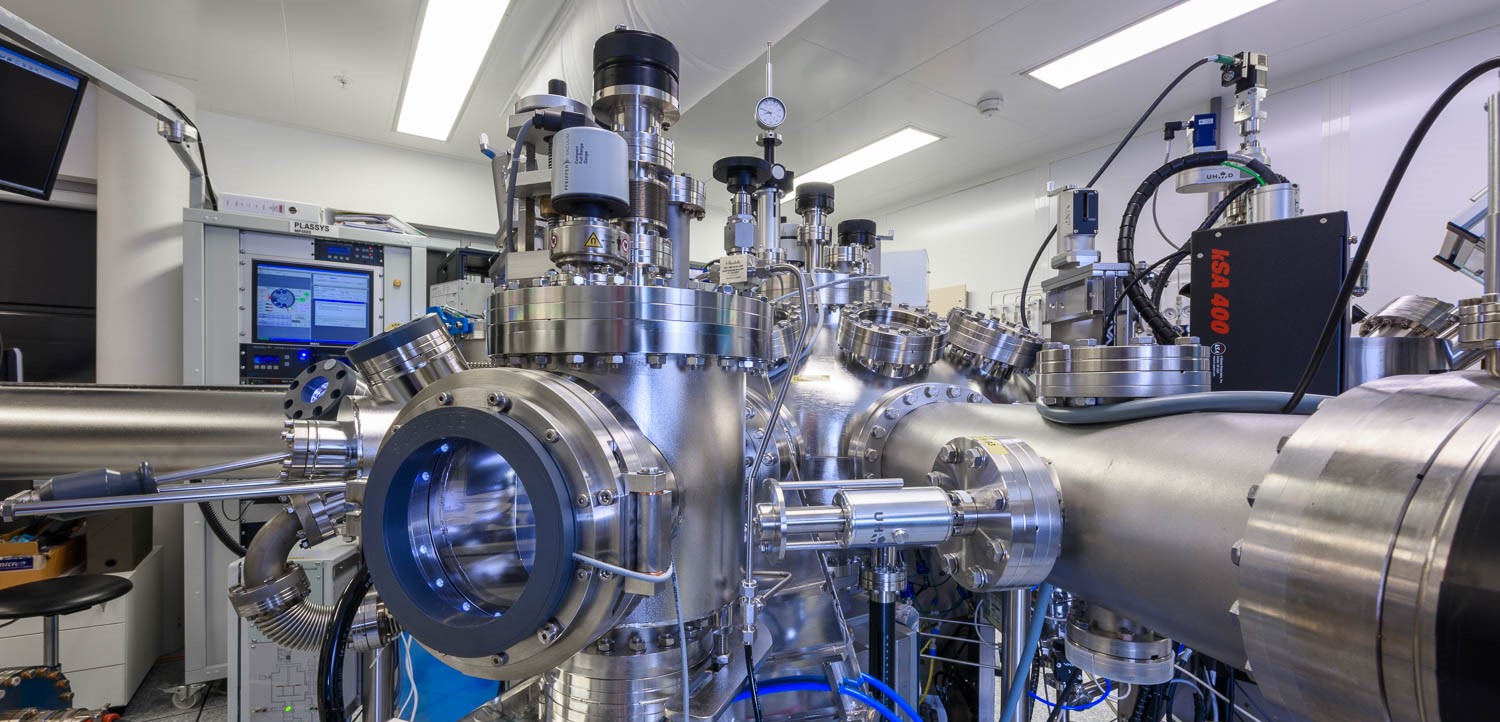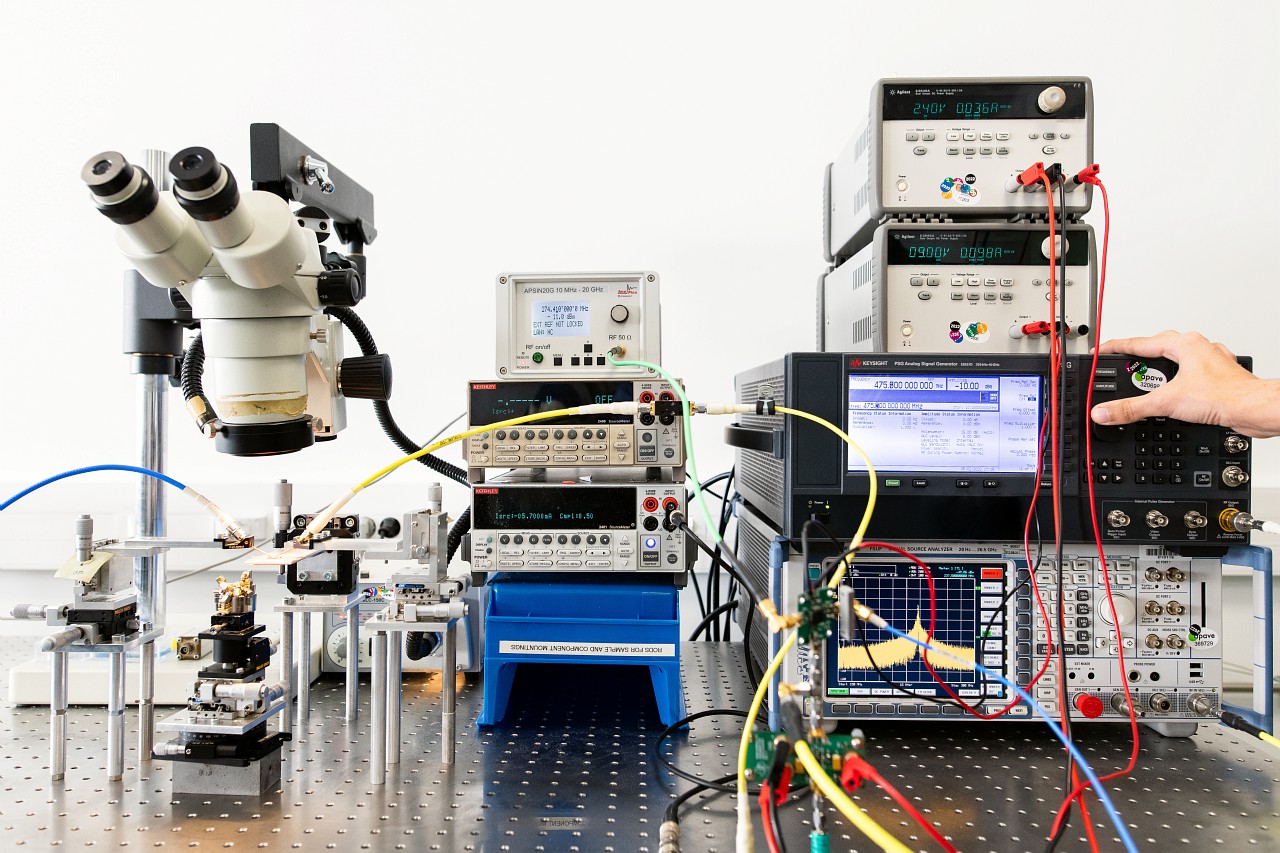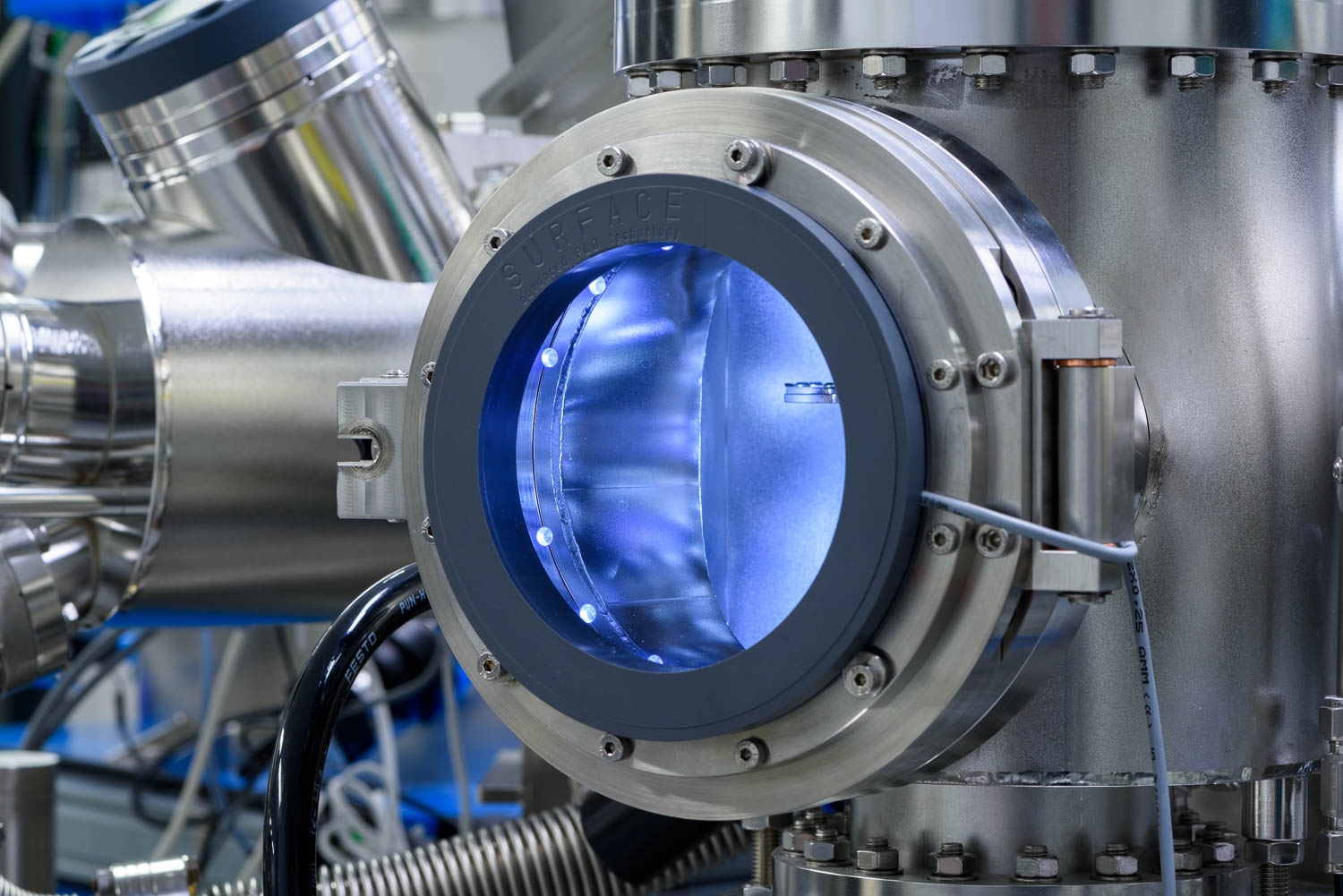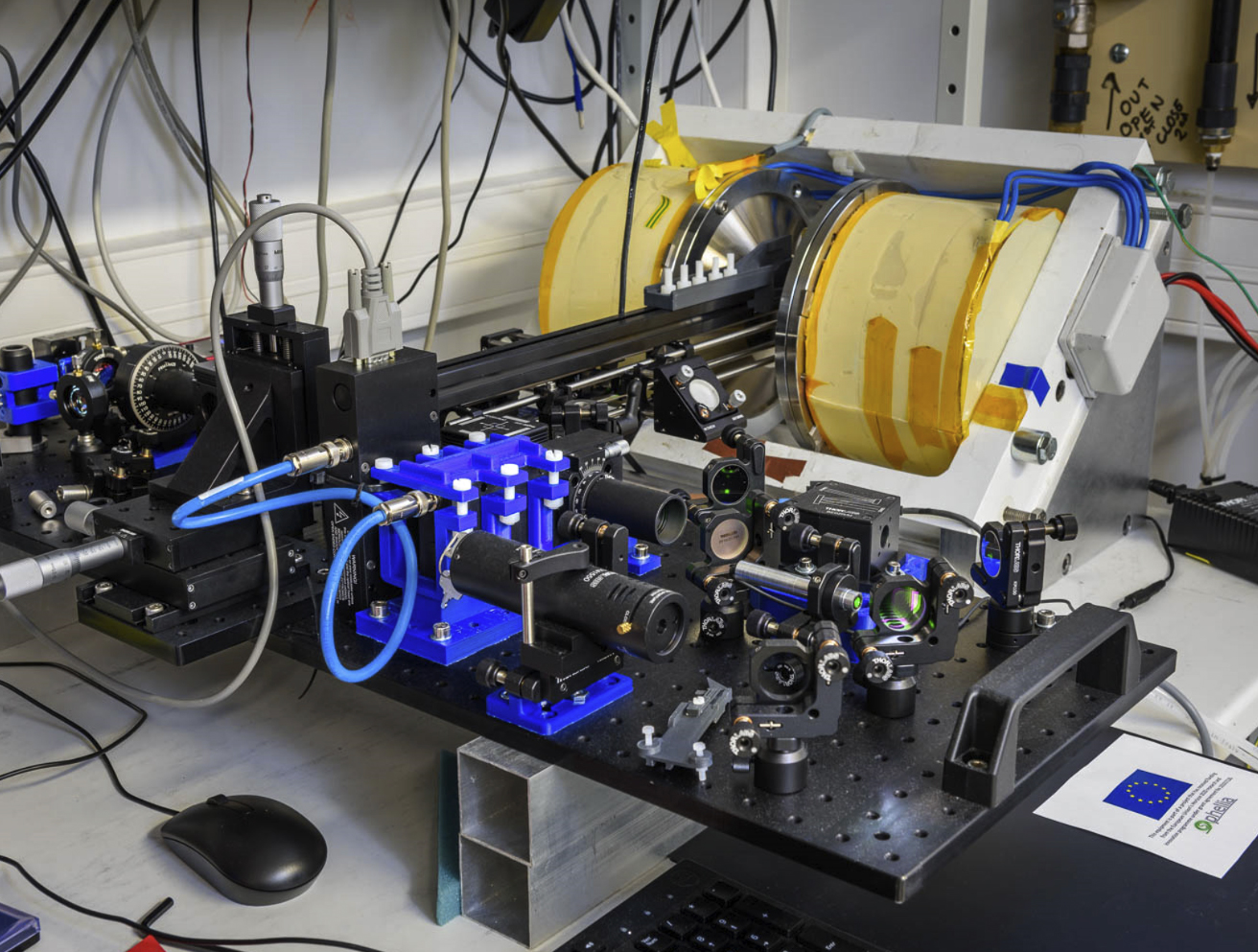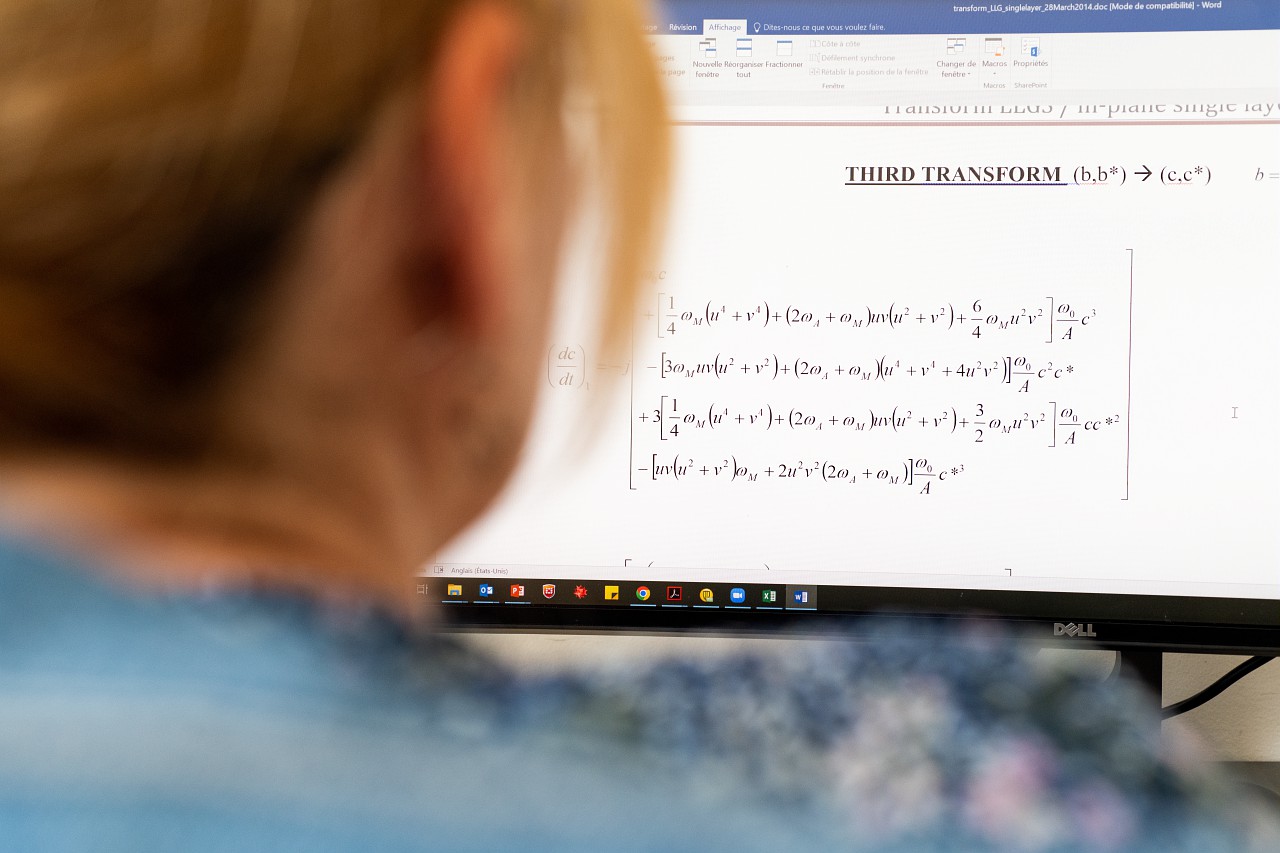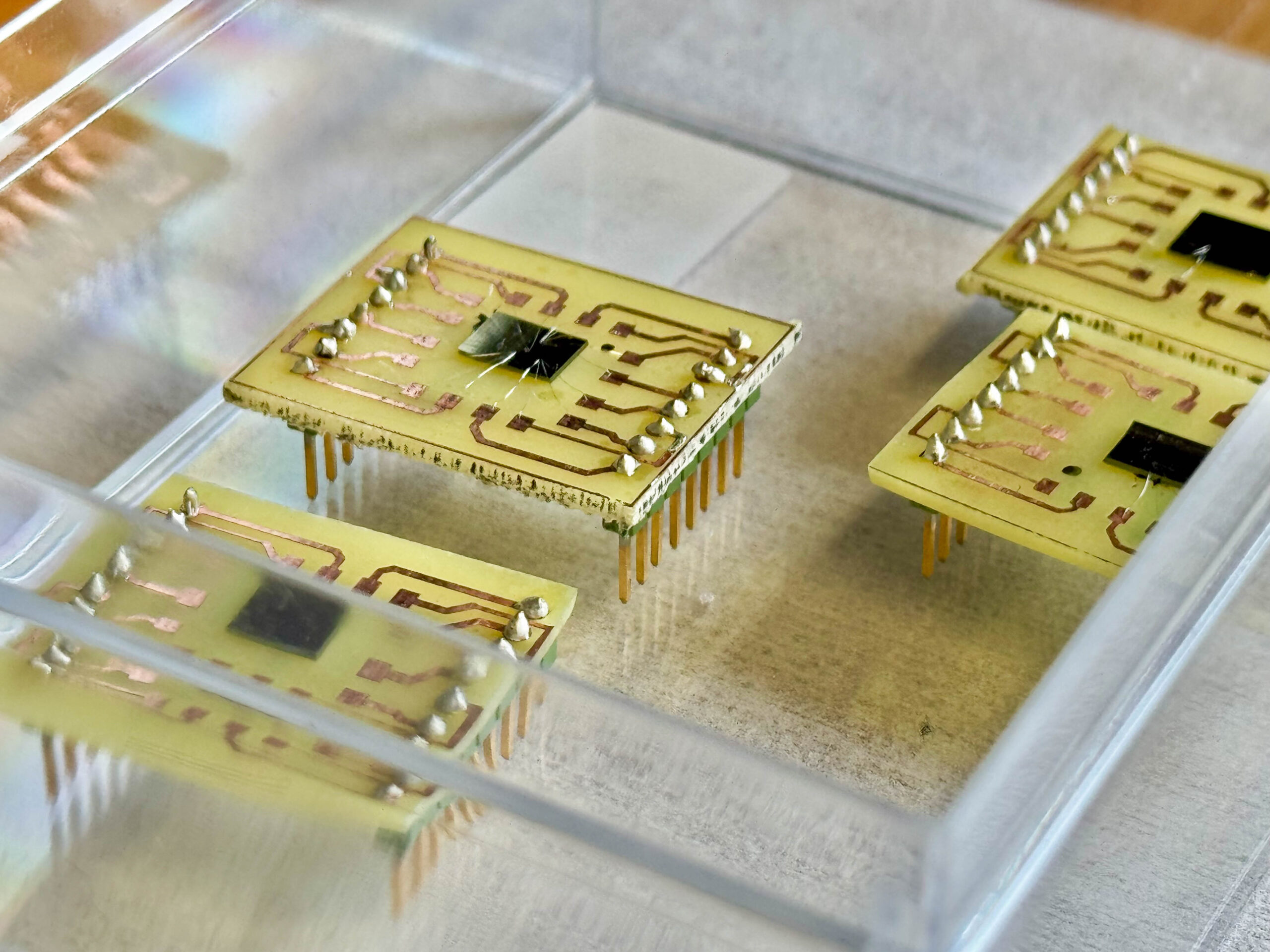
ADAGE
Project Manager
Myriam Pannetier-Lecoeur, researcher at CEA in SPEC
N° ANR: 22-EXSP-0006
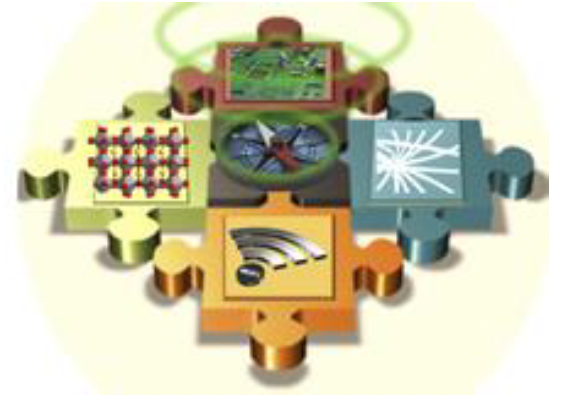
The rapid development of our digital world is creating strong demand for magnetic sensing. The aim of the ADAGE Targeted Project is to develop more sensitive, energy-efficient, agile and versatile sensors by combining an in-depth understanding of nanomagnetism, improved nanofabrication, new materials and electronic architectures for a new generation of spintronic sensors with enhanced functionality.
Challenges
>Increase signal-to-noise ratio
>Develop sensors with adjustable properties
>Develop intelligent sensors capable of adapting their configuration at runtime to optimize detection
>Develop front-end electronics and signal processing
Implemented solutions
>Develop devices incorporating innovative concepts and/or architectures, possibly based on well-mastered building blocks, using a detailed understanding of nanomagnetism and transport.
>Improving nanofabrication, new materials and new electronic architectures.
More precisions
To this end, a number of scientific and/or technical challenges will have to be met within the framework of ADAGE. Firstly, the signal-to-noise ratio (SNR) will be improved, aiming for a gain of at least a decade compared with the current state of the art. Secondly, a new generation of intelligent sensors with adjustable properties (range, linearity and directivity) will be developed, capable of covering various applications or adapting their configuration during operation.
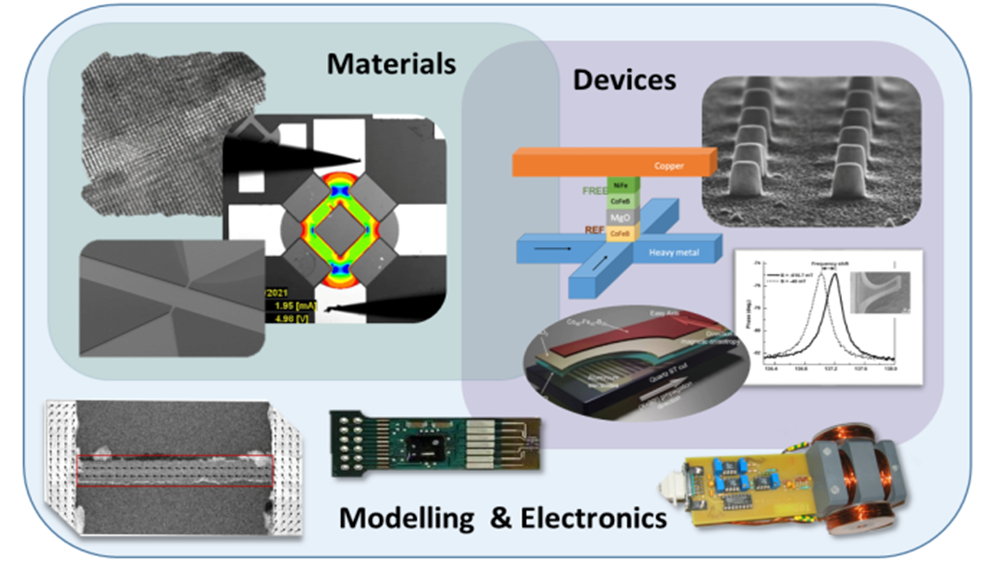
To this end, a combination of magnetic simulations, specific electronics, new materials and stack architectures, incorporation of high-performance concentrators, coupling with acoustic waves and incorporation of spin torque effects, will be used to control the properties of the various magnetic layers.
The consortium
Service de Physique de l’Etat Condensé (CEA, Gif-sur-Yvette), Institut Jean Lamour (Université de Lorraine, Nancy), Laboratoire Albert Fert (CNRS, Palaiseau), Centre de Nanosciences et de Nanotechnologies (Université Paris-Saclay, Palaiseau), SPINTEC (CEA, Grenoble), Institut d’Electronique, de Microélectronique et de Nanotechnologie (CNRS, Villeneuve-d’Ascq), GREYC (CNRS, Caen), i-CUBE (Université de Strasbourg, Strasbourg), Laboratoire d’informatique, de robotique et de microélectronique de Montpellier (Université de Montpellier, Montpellier)
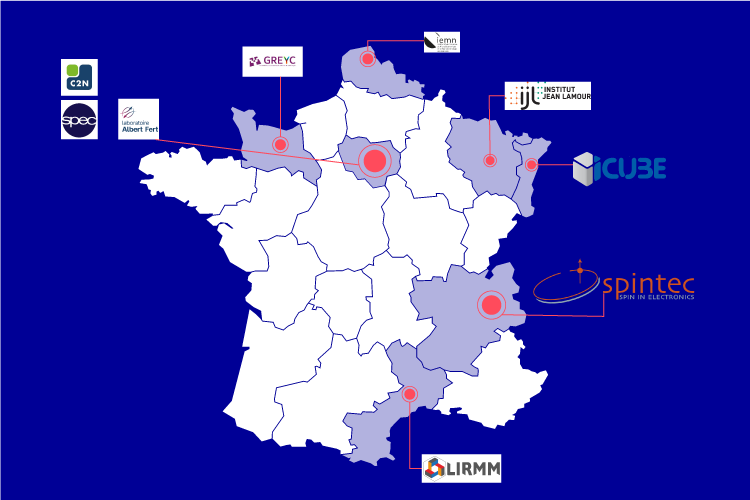
Publications related to the ADAGE project
Les autres projets PEPR
